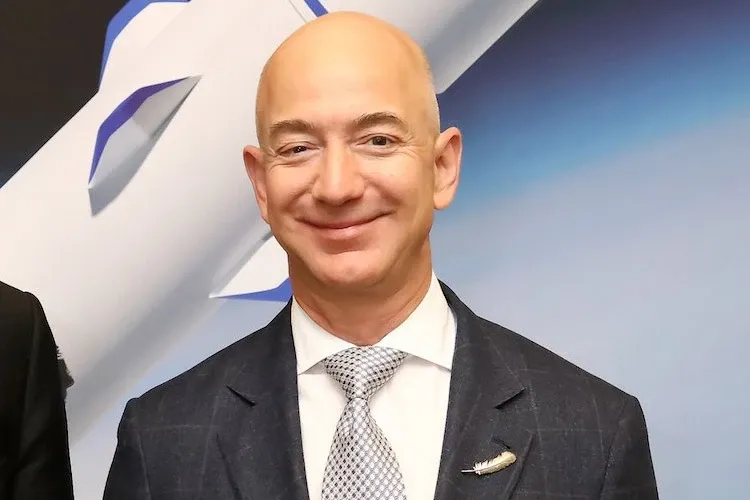Meta Announced Its New AI Chip
Meta Platforms unveiled the second generation of its Meta Training and Inference Accelerator (MTIA) AI chip.

Internet billionaire and aspiring rocket man Jeff Bezos said he sells $1 billion a year in Amazon stock to fund Blue Origin, the company fueling his dream of sending people into space, according to Bloomberg.
“My business model right now for Blue Origin is I sell about a billion a year of Amazon stock and I use it to fund Blue Origin,“ Bezos said at the Space Symposium, an annual industry conference in Colorado Springs, Colorado. “So the business model for Blue Origin is very robust.“
Bezos, the world’s second-wealthiest man behind Bill Gates, has said before that he has been reinvesting money he made at e-commerce giant Amazon since he started his space exploration company more than a decade ago. On Wednesday, he unveiled what he thinks is just the thing to entice people to pay about $300,000 for a quick flight to suborbital space: big windows.
The Amazon founder took a page from waterfront hotels and restaurants in the design of a space capsule that Blue Origin plans to use to launch paying tourists into space within two years. The pod will be equipped with the “largest windows in spacecraft history,“ according the company. It has room for six passengers each with their own window and a reclining leather seat that will distribute the force felt when shooting into space, Blue Origin said.
Blue Origin will have competition. Elon Musk’s Space Exploration plans to send two tourists on a trip around the moon late next year. It reused a rocket last month to send satellites into orbit, an important step toward making space delivery and travel commercially viable. Richard Branson’s Virgin Galactic also is pursuing the idea of blasting customers into space.
Blue Origin also is trying to reduce the cost of travel by making rockets reusable like airplanes. The company’s New Shepard rocket has flown to suborbital space five times since November 2015. Suborbital space is high enough for passengers to experience weightlessness, but not high enough to orbit the Earth.
Big windows like those envisioned for Blue Origin’s capsule add cost and complexity to designing spacecraft because larger glass panes have to be thicker, adding weight to a vehicle that needs to be as light as possible, said Bill Goodman, vice president of space systems at HNu Photonics. A 22-inch diameter window on the International Space Station is about 3 1/2 inches thick, made from layers designed to withstand collisions with fast-moving dust particles, maintain air pressure within the capsule and a final layer that improves visibility through the thick window, he said. Despite the high cost, big windows will be a good marketing ploy for space tourism, Goodman said.